School searches for suspects after fifth antisemitic vandalism incident
Printed with permission of Olivia Suddleson
In response to the multiple antisemitic vandalism incidents this year, members of the Jewish Club posted signs around campus meant to spread awareness about antisemitism.
February 8, 2023
The school administration filed a police report and has increased surveillance on campus after a Nazi symbol was found poked into a bulletin in the student lounge on Jan. 23, the fifth in a series of antisemitic incidents over the past five months. The school administration said they are working to narrow down a list of possible suspects, and that once found, the perpetrator or perpetrators will receive harsh punishment, according to President Rick Commons.
The four previously reported incidents occurred in various locations across campus. In September, a swastika was found drawn onto a whiteboard; in October, the words “Hitler Rocks” and several swastikas were found carved into a desk; and in December, “swastika-like symbols” were found scratched into two desks in the same classroom, according to Commons.
Head of Upper School Beth Slattery said the school’s security team filed the police report and that she would consider pressing charges if a perpetrator is found.
“Security [filed a police report] since they are the liaison with law enforcement,” Slattery said. “If we were to find out who is responsible for the incidents, I would certainly consider pursuing it criminally since, as far as I understand, it would be considered a crime.”
Commons said while the school does not know who is responsible for the swastikas, he believes it may be one person.
“We don’t know who [is doing this],” Commons said. “It could be that it’s multiple people, but it doesn’t seem that way. It feels like it’s one person who, either because that person is rebellious, angry or hateful, has decided to do this. [However], we don’t know what the motivation might be. As long as I’ve been in schools, kids write things on desks that are intended to provoke administrators, but when the swastika is involved, I don’t think we have any choice but to react seriously.”
Slattery said while she believes some of the incidents may have been committed by the same person, more recent incidents may be different students trying to emulate earlier vandalism.
“Given that two of them were found in the same room, I would speculate that those were done by the same person, but there’s no way to be sure,” Slattery said. “It feels possible to me that the most recent ones were a copycat after the attention received by the initial carving, but again, I can’t be sure.”
Commons said because of the multiple attempts to spread awareness about the harm the swastikas cause, the punishment for the culprit will be severe and potentially include expulsion.
“I think after the first incident that we made public, it would be very hard for any student to have missed how upsetting it was to our community,” Commons said. “I then spoke to class meetings after [the third and fourth incidents], so for someone in the aftermath of that secondary explanation of how hateful this is to have continued to do it strikes me as deserving of severe consequences if we were to find that person. I think expulsion is on the table, and in certain situations, I reserve the right to bypass the Honor Board and make a decision in conjunction with my colleagues to make a more swift decision.”
In addition to getting law enforcement involved, Slattery said the school is adding surveillance to places on campus.
“I don’t love the idea of cameras in close proximity to students, but we are going to be adding some cameras to a couple of different locations,” Slattery said. “We’ll probably add them to the back of some classrooms and the student lounge.”
In response to the incidents, Jewish Club has posted signs around campus with messages meant to support the Jewish community at the school. Jewish Club Leader Charlotte Newman ’24 said the goal of creating the signs was spreading awareness to students who otherwise would not pay attention.
“Some of us felt like the people who were most paying attention to [antisemitism] were the kids who are Jewish, or the kids going to Jewish clubs, or the kids involved in other affinity groups,” Newman said. “We want to make [the activism] school-wide because [harm] isn’t just limited to the Jewish community. If one group is being targeted, it doesn’t stop there.”
In regards to the swastika drawn on a whiteboard in September, Slattery said there was little for the administration to investigate because of the lack of surveillance and ambiguity over whether the symbol was an actual swastika and when it was drawn.
“We didn’t know how long it had been there and we’re becoming aware that people do not necessarily know how to draw swastikas, so it was confusing since it was more of a swastika-like image,” Slattery said. “We don’t have cameras in our classrooms, and though we looked at the students in the classroom, there was very little way to identify it.”
Following the investigation into the whiteboard swastika, the incident went unreported to the community. A month later, on Oct. 12, Commons sent a community-wide email reporting a second incident, in which the words “Hitler Rocks” and several swastikas were found carved into a Seaver Academic Center desk. Commons said each time there has been an incident, the administration has discussed whether to report it to the community.
“There was a long discussion with my colleagues about the question of whether communication potentially does harm as well as provide transparency to people who are concerned,” Commons said. “We came out on the side of transparency. We want to make sure that our Jewish students and community members, as well as all students and community members, know how seriously we’re taking this.”
Slattery said the school tried various methods of identifying the student responsible for the vandalism, but have been unsuccessful.
“Our primary method of investigating has been to look at who had access to those locations immediately prior to their discovery,” Slattery said. “Unfortunately, there isn’t a single person who has a class in all the locations and even if there were, it would be difficult to confirm it was that person, given that our classrooms are not locked and haven’t had cameras in them. Lots of people have had access to those rooms, even if they don’t take classes in there. We have conducted many interviews, but so far, nobody has indicated that they saw anything or has any information that could really be considered a lead.”
On Nov. 30, Sarah Brown ’24 was in her Principles of Engineering class when she noticed a swastika on the table she was completing a project on. Brown said upon finding the swastika, she was surprised and worried.
“We were working on a building project, and I moved my backpack and found [the swastika] underneath,” Brown said. “Seeing it, I was shocked and immediately told the kids at my table and the rest of the class. I then told my teacher, and the table was removed by the next time I was in class. It was really disappointing to actually see this type of hatred at school. Seeing the swastika along with the other antisemitic acts at school makes me think that more education on the Holocaust is necessary.”
After investigating the classroom in Munger Science Center in which Brown found a swastika, the school discovered a second one in the same classroom. The school was again unable to identify who was responsible, according to Slattery.
Following the incidents in Munger, Commons spoke before the Junior and Senior classes during Junior and Senior Seminar class assemblies. In his speech, Commons said while the school does not tolerate hate, he believes that one way to stop future incidents is to create a student culture that stands against hatred.
“The school’s tolerance for this is what you would expect it to be: zero,” Commons said. “But that’s not working. The only thing I believe that will work is when the student tolerance is zero, and when there’s nobody who could think of doing what has been done four times in this community because the student culture wouldn’t allow it. I think only your zero tolerance can make it so that our community is one we can believe in.”
Slattery said the school struggled with investigating the swastika found in the student lounge because students being interviewed do not want to speak up for fear of being involved.
“The [swastika] was essentially the size of my fingertip, and you had to remove a pin to be able to see that it was a swastika,” Slattery said. “We thought that we were getting close to identifying the person who might have done it because it seems like it should have been somebody who would have seen it [occur]. But in our investigation, it’s been difficult because nobody wants to be involved in this at all.”
Beyond responding through investigations, the school has formed an Antisemitism Working Group, led by Associate Head of School Laura Ross, Head of Communications and Strategic Initiatives Ari Engelberg ’89, Head of Diversity, Equity and Inclusion Janine Jones and a group of parents. Ross said the group has been focused on improving Jewish education within the school’s curriculum, programming and student support.
“We’ve been focusing on three areas,” Ross said. “One area is curriculum and pedagogy, so we’ve been looking across all grade levels and determining if there are holes in [Jewish education] or places where our teachers need better pedagogy education in teaching particular subjects. We’ve also been focusing on what happens outside the classroom in terms of things like field trips and speakers. The third area is student support, so we’ve been working with the Jewish Club, groups of parents and all of the department chairs to determine changes we should make.”
Slattery said it is important for the school to take action in increasing Jewish education because there is often an incorrect assumption that Jewish history is widely known.
“It’s important for us to make the distinction that not everything needs to be about the Holocaust and that Jewish education is important on a broader scale,” Slattery said. “I think many of us, myself included, assume that people have more knowledge about the experience of Jews in America, antisemitism and the Holocaust than they actually do. I think that that is really an area where we could be better.”
Jewish Family Alliance (JFA) Co-Chair Shana Glassman (Jessa ’20, Gabe ’22, Sammy ’24) said she appreciates the school’s collaboration with Jewish parents to help ensure there are no future incidents that harm Jewish students.
“It’s a hate crime,” Glassman said. “That needs to be said because it is something that is extremely triggering to the Jewish people. The swastika is a symbol of violence. We don’t want to see that anywhere our children attend school, so we appreciate the partnership with the administration to make sure that does not happen again.”
Sophie Shabani ’24 said while she appreciates the administration taking the incidents seriously, she wishes they would provide more information to the community.
“As there has been a rise of antisemitism on campus, it is clear that the administration has zero tolerance for this,” Shabani said. “That being said, it would be very helpful for the administration to update the community on how they are working to solve this issue because it is currently difficult to understand what specifically they are doing to combat future incidents and find whoever is responsible for these acts of hatred. I also think more transparency and information would empower students to work together against this hatred.”
French Teacher Simona Ghirlanda said she has previously incorporated Jewish history and examples of antisemitism into her French and Italian courses. Ghirlanda said in response to antisemitic incidents in the community, she has found it important to address them to her students.
“I am Jewish, so for me, it’s very personal,” Ghirlanda said. “By principle, I address all episodes of bigotry, and it doesn’t matter which minority is affected. Antisemitism is a unique form of bigotry, and it cannot be compared to other forms of bigotry, but my hope is that by addressing all of them, we create sensitivity and support to every minority.”
Ghirlanda said while the school is not responsible for all acts of antisemitism in the world, they are responsible for ensuring students are educated about antisemitism and hatred.
“We are responsible for [Holocaust] education, and we need to do better,” Ghirlanda said.“This is a place of education, and we can’t be ignorant. If I see a swastika at Ralphs, it saddens me, but I have no power over it. If I see a swastika on campus, I am as guilty as everyone else because that means I’m not doing enough to spread awareness.”
Newman said in addition to the posters, Jewish Club is taking initiatives to allow Jews to feel safer in and out of the school environment.
“Jewish Club is having someone from Friendship Circle come in,” Newman said. “We are also trying to reach out to synagogues to try to help Jewish students find a place off campus where they can go and connect with other Jews throughout Los Angeles because I’ve heard that similar things are going on at a lot of other schools in the area, like in [Los Angeles Unified School District schools] and in other independent schools. It can feel really isolating, especially since a lot of us are very much surrounded by Harvard-Westlake people all the time. I just [want to] help facilitate Jewish students being able to find places to connect with their community.”
Head of Diversity Equity and Inclusion Janine Jones (Taylor Jones ’18, Averie Jones ’23) said while it is important to discipline whoever is responsible for the vandalism, she hopes the community is able to learn from the incidents.
“I hope that our community can grow and heal from this, and understand how deeply problematic this is,” Jones said. “It shouldn’t be happening in our community, and it’s serious. It’s not a joke.”
































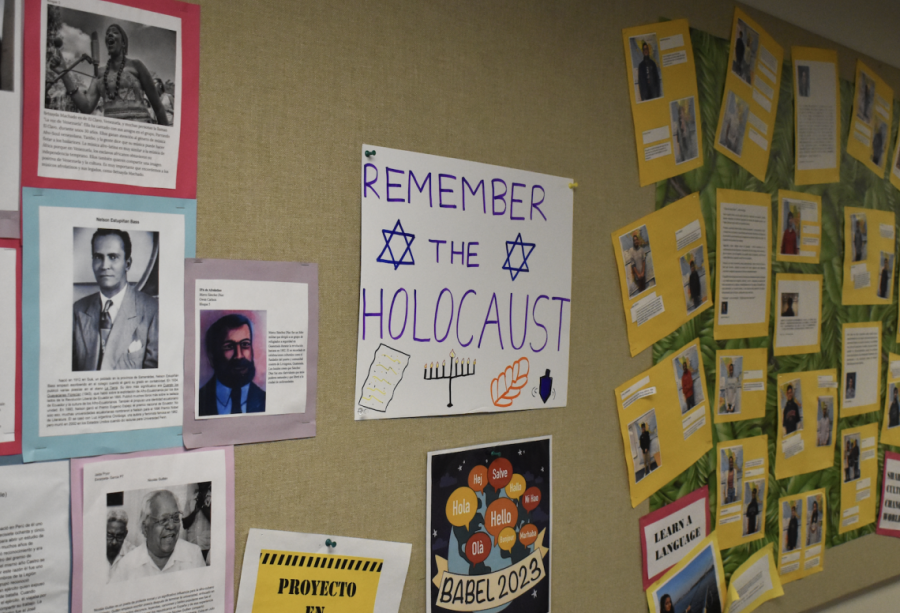

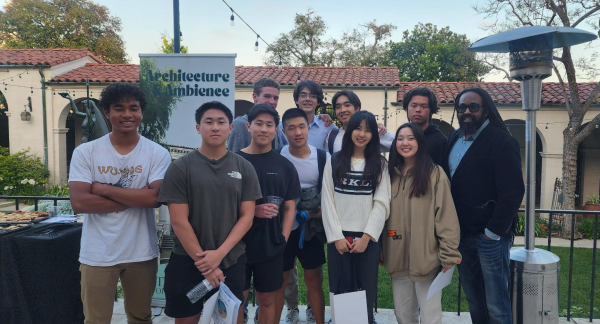
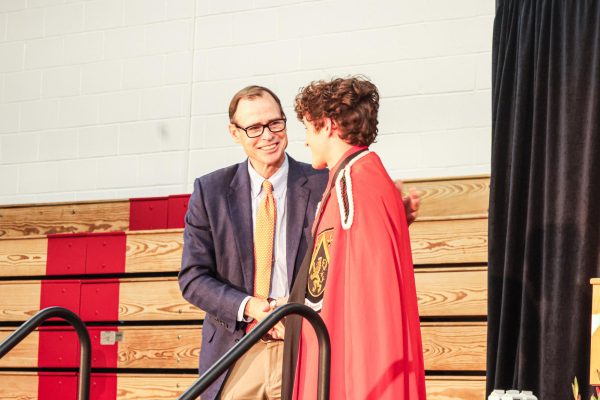
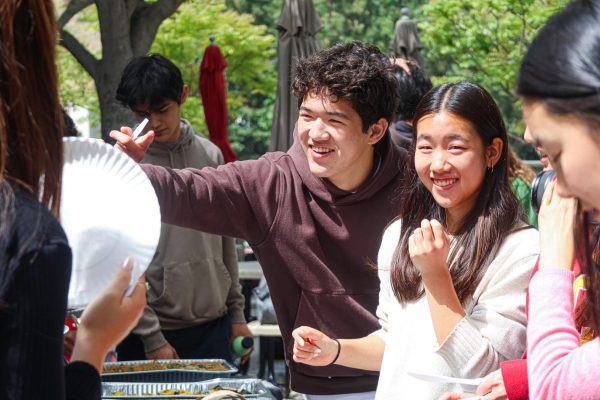

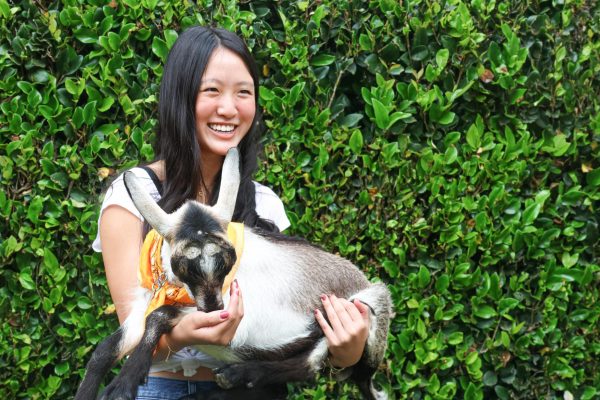
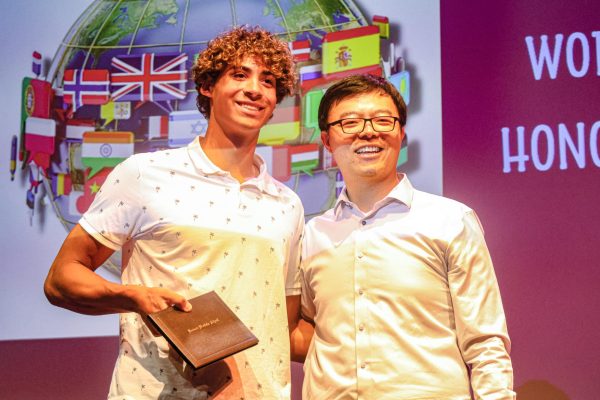
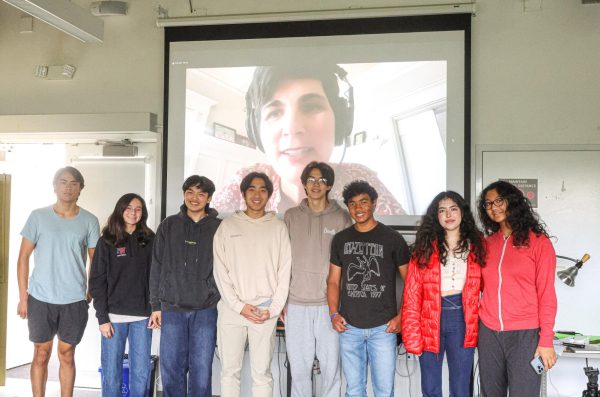
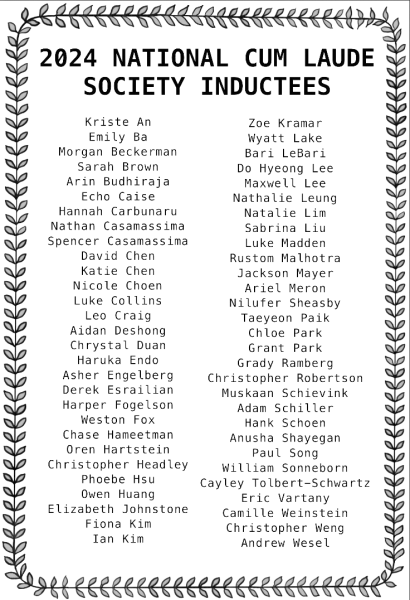


C Bara • Feb 9, 2023 at 1:24 am
There have been millions of incidents like these. There is no school in whole English speaking west where something like this has not happened. Toilet walls of every single school has seen such incidents multiple times. If schools cannot teach students enough to act responsibly, why do they even teach about nazi symbol? It seems schools teach the nazi symbol because they WANT this mischief to keep happening. Poor schooling is the culprit here.